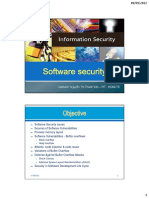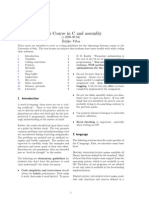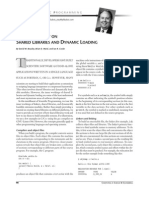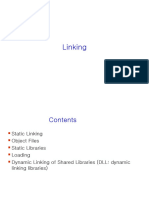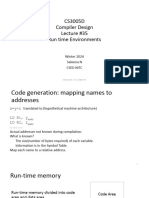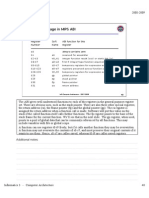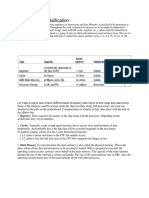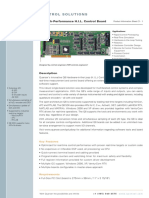0% found this document useful (0 votes)
25 views45 pagesNT230.O22.ATCL Group7 Seminar
Uploaded by
khanhkhanh0904Copyright
© © All Rights Reserved
We take content rights seriously. If you suspect this is your content, claim it here.
Available Formats
Download as PPTX, PDF, TXT or read online on Scribd
0% found this document useful (0 votes)
25 views45 pagesNT230.O22.ATCL Group7 Seminar
Uploaded by
khanhkhanh0904Copyright
© © All Rights Reserved
We take content rights seriously. If you suspect this is your content, claim it here.
Available Formats
Download as PPTX, PDF, TXT or read online on Scribd
/ 45














